(TITC) - Located in Cat Ba Town, Cat Hai Island District, Hai Phong City, Cat Ba Archipelago consists of 366 islands, of which the largest ones is Cat Ba Island to the south of Ha Long Bay. It has been recognized as a World Biosphere Reserve by UNESCO since 2005.
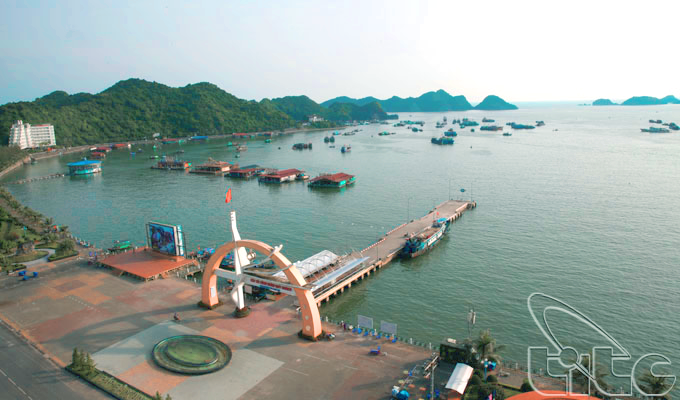
Cat Ba Island
From Hai Phong City, visitors cross Tan Vu – Lach Huyen Bridge to Cai Hai Island, and then take the ferry to Cai Vieng Wharf in Cat Ba Island. Otherwise, visitors can take the ferry from Tuan Chau Wharf in Tuan Chau Island (Ha Long Bay) to Cat Ba Island. Coming here, visitors have the opportunity to visit and discover many attractive sites such as Lan Ha Bay, Monkey Island, Cat Ba National Park, Cannon Fort, etc.
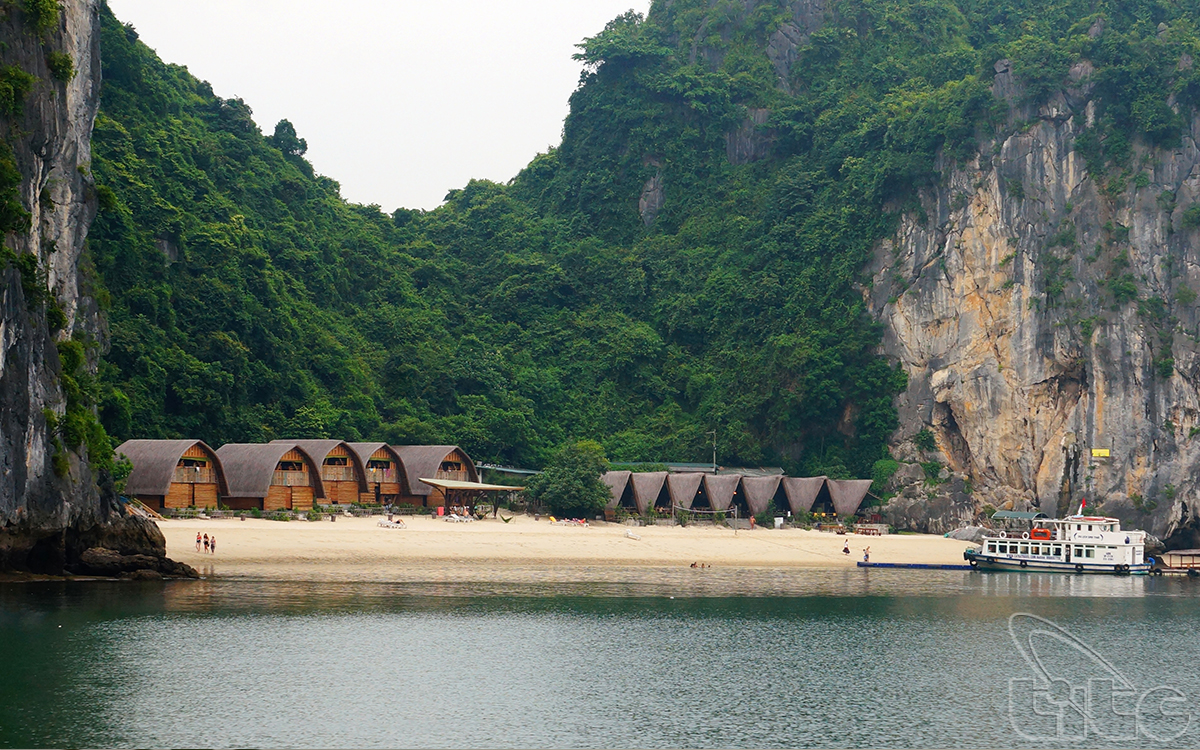
A corner of Lan Ha Bay
In the south of Cat Ba Archipelago, adjacent to Ha Long Bay, Lan Ha Bay is an arched-shaped bay with many islands in various shapes. Lan Ha Bay owns 139 small yellow sand banks, many of which stretching between two mountains with quite atmosphere, gentle waves. Underneath the blue water, colorful coral reefs areas such as Van Boi, Van Ha, etc are worth diving adventure. Many calm water sea areas in Sen Island, Cu Island, Monkey Island, etc are suitable for swimming and kayaking.
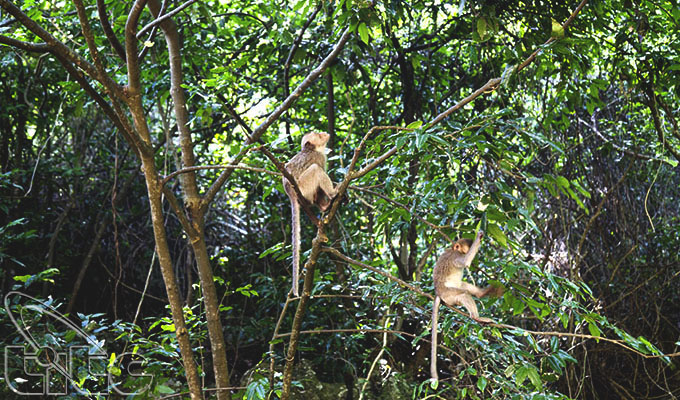 \
\
Khi (Monkey) Island
Khi (Monkey) Island in Lan Ha Bay owns sand bank stretching over kilometres with two beautiful beaches of Cat Dua 1 and Cat Dua 2. In particular, the water in Monkey Island area is very clean and clear. Coming to Monkey Island, visitors can climb to the mountain peak in the island to contemplate the panorama of Lan Ha Bay with hundreds of islands and smooth sand banks.
A must-see attraction for visitors who love exploring is Cat Ba National Park. The ideal time to visit the national park is from April to October, when visitors can experience climbing activities or explore the diversified natural ecosystem.
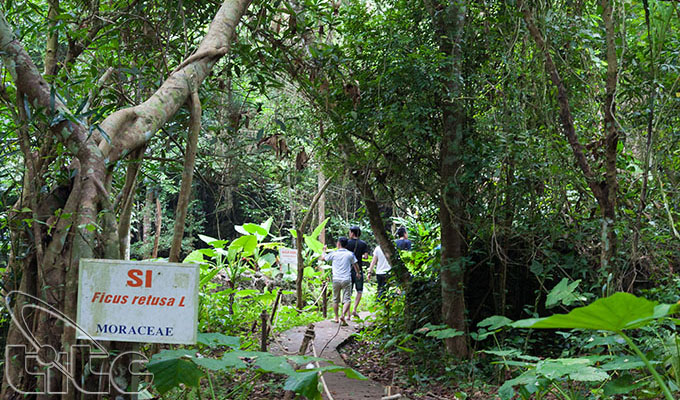
Cat Ba National Park
With a total area of 15,200ha, Cat Ba National Park is the ideal environment for development of many different ecosystems. The national park owns 2,320 species of flora and fauna, including 282 species of forest animals, 538 species of marine animals, 771 species of terrestrial plants, 23 species of mangrove plants, 75 species of seaweeds, 177 species of corals, etc. Particularly, Cat Ba has 60 rare endemic species listed in Viet Nam’s Red Book such as: white-headed langur, delacour’s langur, collared crow, nageia fleuryi, madhuca pasquieri, etc. Of which, the white-headed langur is a very rare animal found only in Cat Ba.
Terrain in Cat Ba National Park is diversified, mainly limestone mountain range with many interesting caves of Luong, Trung Trang, Gia Luan, etc, small passes of Da Lat, Eo Bau, Khoan Cao, etc and large streams of Thuong Luong, Treo Com, Viet Hai, etc.
In addition, Cat Ba National Park also attracts visitors thanks to special cultural value. The archaeological remains found here indicate that humans have been inhabited in this area since 6 to 7 thousand years ago.
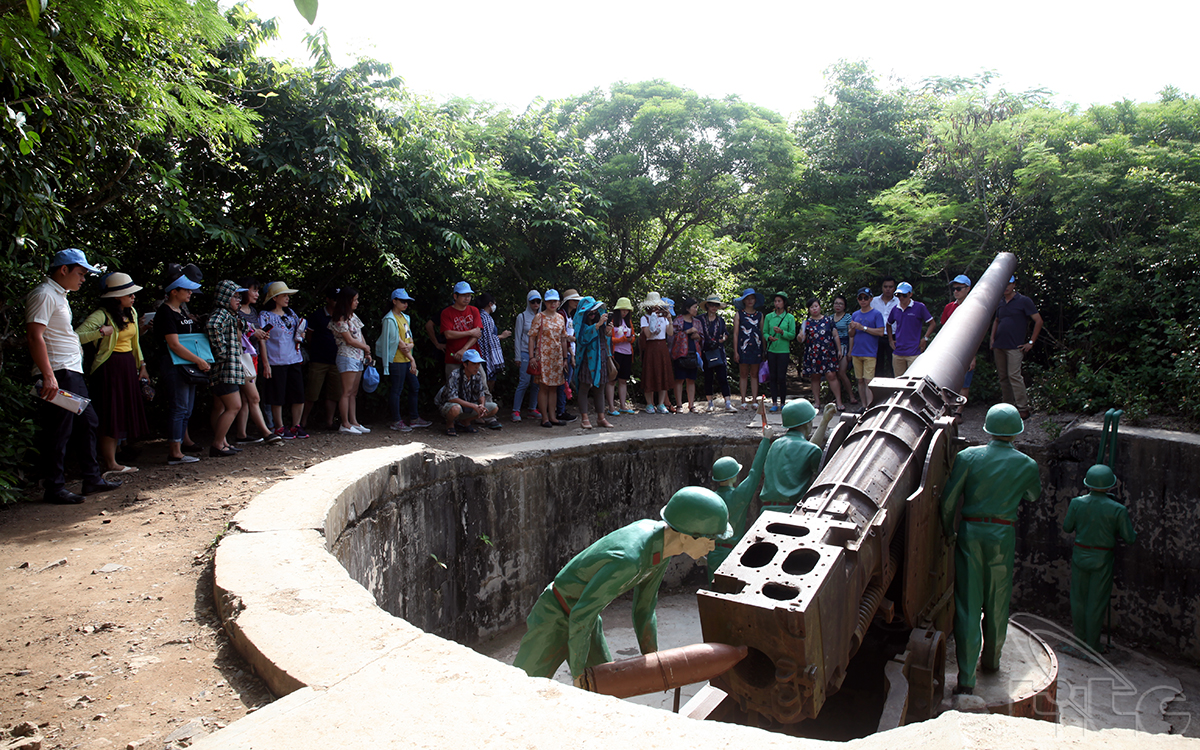
Cannon Fort
To admire Cat Bat Island from different angle, visitors can come to the observation area of Cannon Fort located atop the hill at 177m height above the sea level. At here, visitors can contemplate the charming beauty of islands and beaches. Situated at the foot of the mountain are the two most beautiful beaches of Cat Ba, namely Cat Co 1 and Cat Co 2. In the distance, bobbing on the waves is Guoc Islet, Long Chau (Dragon Eye) Island, Hai Islet, Ban Islet, Voi Phuc (Elephant Kneeling) Mountain, Monkey Island, etc. At this altitude, Lan Ha Bay appears lively and crowded with hundreds of fishing boats and floating houses on the sea.
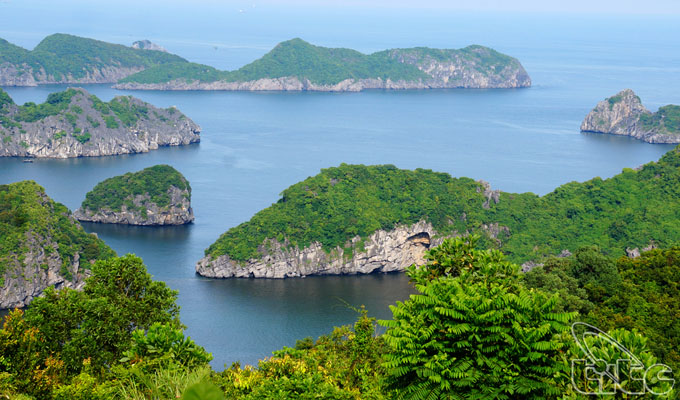
Lan Ha Bay seen from Cannon Fort
With natural beauty of the forest and the sea and special cultural value, Cat Ba is an attractive destination for visitors.
Thu Giang